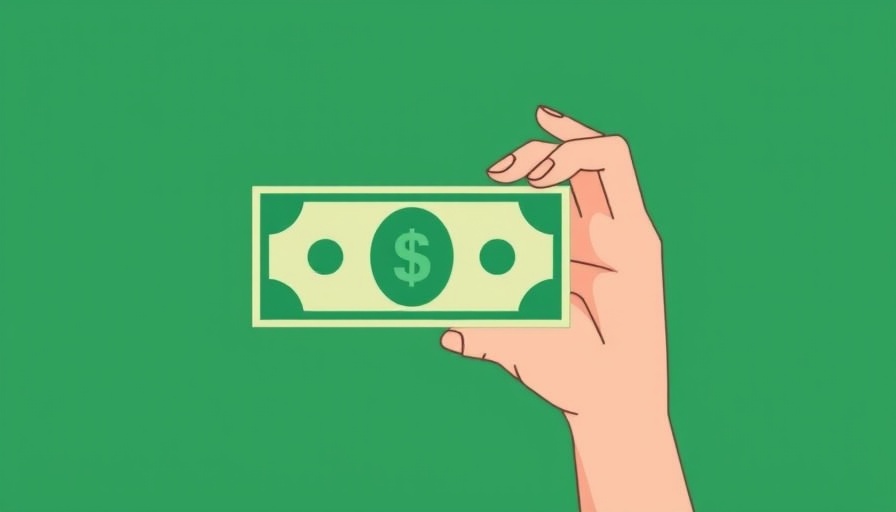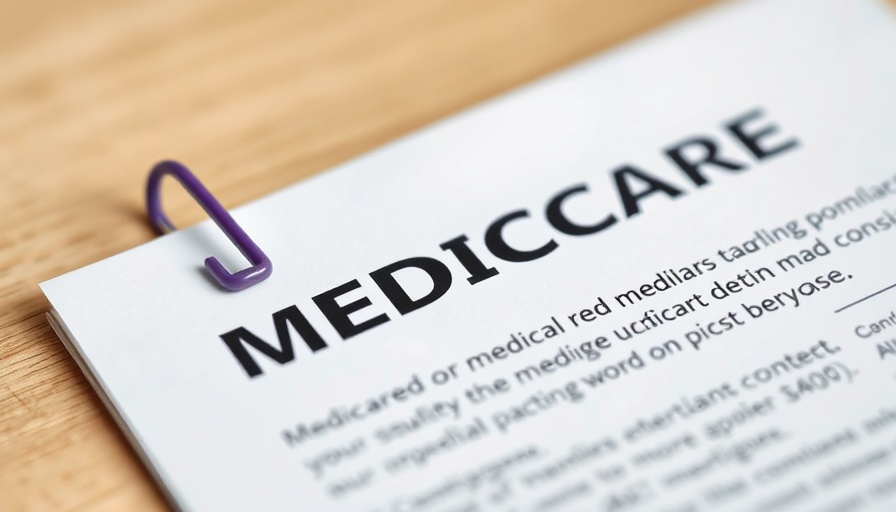
Understanding America’s Medical Debt Crisis
In a significant move aimed at alleviating the burden of medical debt in America, a New York nonprofit has reached a landmark agreement to erase $30 billion in unpaid medical bills. This deal, which impacts around 20 million people, underscores the extensive struggles faced by individuals under the weight of medical debt. The organization, Undue Medical Debt, collaborates with Pendrick Capital Partners to facilitate this relief, with the average debt per person soaring to approximately $1,100.
A Temporary Solution to a Systemic Problem
While this deal represents a monumental step for many, even advocates acknowledge its limitations. The root causes of medical debt persist, affecting approximately 100 million Americans. According to Undue Medical Debt’s CEO, Allison Sesso, the financial expectations behind medical care are increasingly unrealistic. The overwhelming burden has led individuals to borrow around $74 billion in just one year, primarily to manage healthcare costs that insurance does not cover.
The Rise of Debt Relief Initiatives
Undue Medical Debt's innovative strategy to purchase and cancel medical debts at discounted prices has gained traction over the past decade, providing a unique solution using charitable donations and public funds. However, as Elisabeth Benjamin from the Community Service Society of New York points out, this strategy merely addresses the symptoms of a much larger issue. By focusing on relief without advocating for more sustainable systemic changes—like reforming hospital financial aid and addressing inflated medical prices—the core problem remains unsolved.
What Does This Mean for Future Healthcare?
The success of this large transaction raises essential questions about the overall healthcare system in the U.S. As more people face overwhelming medical expenses, there is a growing call for systemic reforms rather than temporary fixes. The ongoing discussions emphasize the need for a collective approach to ease the financial toll brought on by healthcare in the nation.
While relief initiatives like these are beneficial, securing a healthier future requires a more profound understanding of the healthcare landscape. The debt relief granted serves as a spotlight on the urgent necessity for a reformation of medical debt practices, suggesting that the healthcare financing model needs urgent innovation to create a more sustainable future for all.
 Add Row
Add Row  Add
Add 




Write A Comment